Alfred, Lord Tennyson’s “The Charge of the Light Brigade” immortalizes the heroic yet tragic charge of British cavalry during the Crimean War’s Battle of Balaclava.
Written in 1854, the poem captures the valor and sacrifice of the Noble Six Hundred, blending vivid imagery with a haunting rhythm that echoes the futility of war.
Its powerful themes of duty, honor, and the human cost of conflict continue to resonate, making it a timeless reflection on heroism and mortality.
1.1 Overview of the Poem and Its Significance
Alfred, Lord Tennyson’s The Charge of the Light Brigade is a powerful tribute to the British cavalry’s ill-fated charge during the Battle of Balaclava in the Crimean War. The poem vividly captures the bravery and sacrifice of the “Noble Six Hundred” as they followed orders into a near-certain death. Tennyson’s masterful use of rhythm and rhyme underscores the tension between heroism and the futility of war. Its enduring significance lies in its exploration of duty, honor, and the human cost of conflict, cementing its place as a landmark of British literature and cultural memory.
1.2 Historical Context: The Crimean War and the Battle of Balaclava
The Crimean War (1853–1856) was fought between Russia and an alliance of France, Britain, and the Ottoman Empire, primarily over control of the Holy Land and the strategic Dardanelles. The Battle of Balaclava, on October 25, 1854, became infamous for the ill-fated Charge of the Light Brigade, where 600 British cavalrymen were ordered to seize Russian artillery, resulting in heavy casualties. This event, marked by both bravery and tragic miscommunication, inspired Alfred, Lord Tennyson to write his poem, immortalizing the sacrifice of the “Noble Six Hundred” and cementing its place in British history and literature.
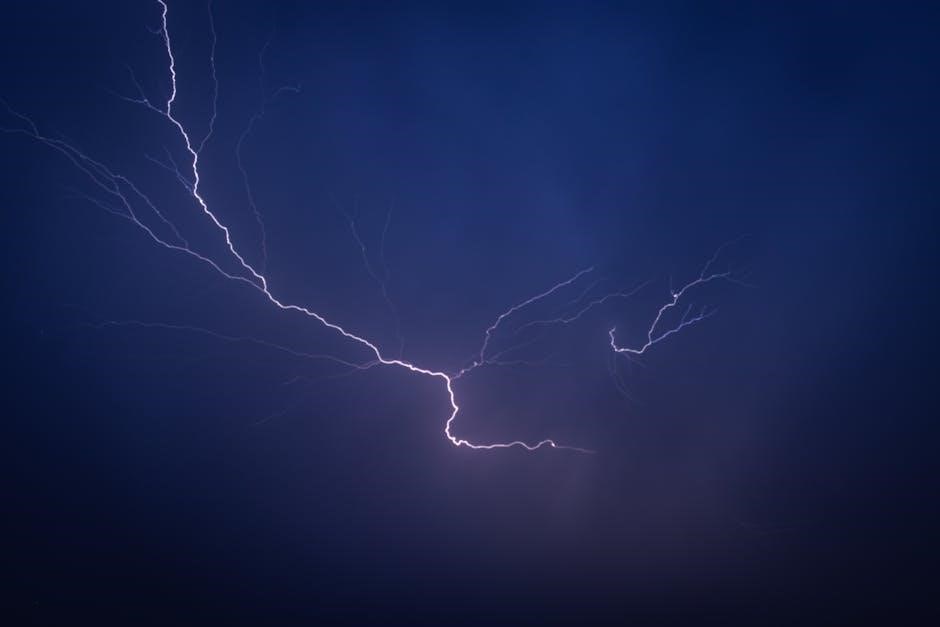
Historical Background of the Charge of the Light Brigade
The Charge occurred during the Crimean War on October 25, 1854, as British cavalry clashed with Russian forces near Balaclava, highlighting both bravery and futility.
2.1 The Crimean War: Causes and Key Events
The Crimean War (1853–1856) arose from conflicts over territorial and religious influence in the declining Ottoman Empire, particularly control of the Holy Land.
Russia sought to expand its influence, while Britain, France, and the Ottoman Empire aimed to prevent Russian dominance in the region.
The war marked a turning point in military history, with the introduction of modern technologies and tactics, though it was also marred by logistical failures and heavy casualties.
Key events included the Battle of Balaclava, the Siege of Sevastopol, and the infamous Charge of the Light Brigade, which became a symbol of both heroism and military mismanagement.
2.2 The Battle of Balaclava and the Charge of the Light Brigade
The Battle of Balaclava, fought on October 25, 1854, was a pivotal event in the Crimean War, marked by the ill-fated Charge of the Light Brigade.
Over 600 British cavalrymen, following unclear orders, charged a heavily defended Russian position, resulting in significant casualties and a tragic display of bravery.
The charge, though heroic, highlighted poor communication and strategic failures, immortalized in Tennyson’s poem as a symbol of both valor and futility.
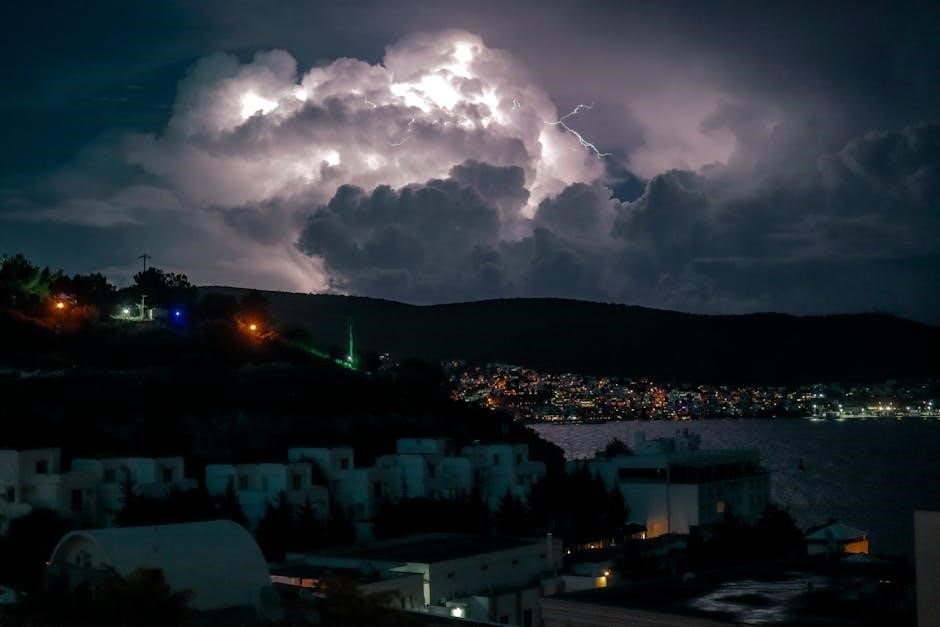
Structure and Style of the Poem
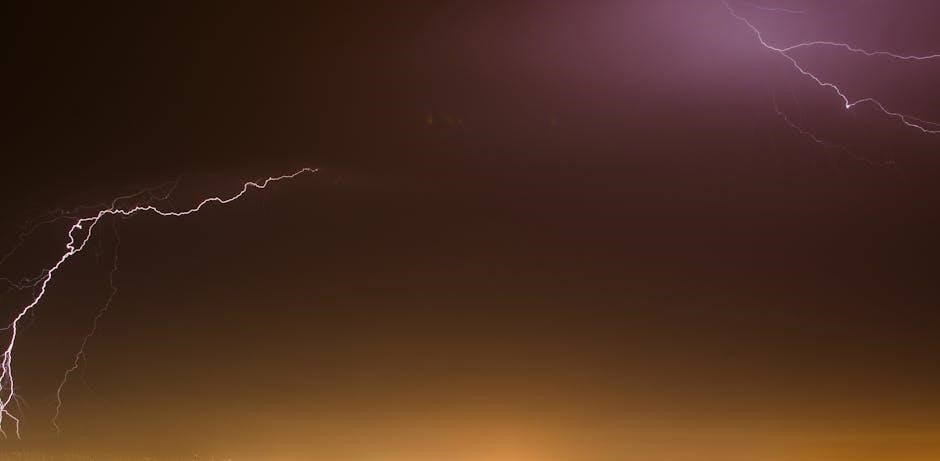
Tennyson employs a dactylic meter and ABAB rhyme scheme, creating a rhythmic, galloping pace mirroring the cavalry’s charge. Vivid imagery and repetition emphasize the chaos and heroism.
3.1 The Use of Rhyme and Rhythm in the Poem
Tennyson’s poem features a dynamic rhythm, primarily in dactylic meter, which mimics the galloping horses, intensifying the sense of urgency and action. The ABAB rhyme scheme adds a lyrical quality, balancing the stark imagery of war. The repetitive structure, with lines like “Half a league, half a league,” builds momentum, echoing the relentless charge. This rhythmic pattern heightens tension, while the rhyme underscores themes of honor and sacrifice, blending musicality with the brutality of battle to create a vivid, immersive experience.
3.2 Imagery and Symbolism in “The Charge of the Light Brigade”
Tennyson employs vivid imagery to depict the chaos and horror of war, such as “the valley of Death” and “cannon to the right of them, cannon to the left of them,” creating a stark visual of the soldiers’ perilous situation. The “Thin Red Line” symbolizes British resilience and unity against overwhelming odds. The “six hundred” represents sacrifice and honor, while the repeated imagery of the charge itself underscores the futility and bravery of the act. These elements evoke both admiration for the soldiers’ valor and sorrow for their doomed fate.
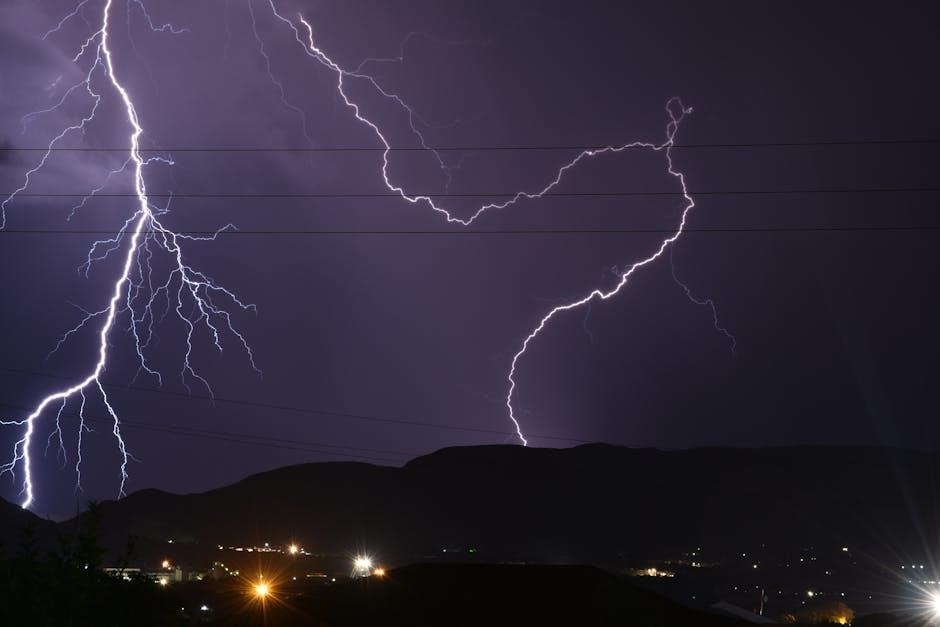
Themes and Messages in the Poem
The poem explores themes of heroism, sacrifice, and the futility of war, honoring the bravery of the Noble Six Hundred while critiquing the tragic waste of life.
4.1 Heroism and Sacrifice: The Noble Six Hundred
Tennyson’s poem glorifies the unwavering courage of the Noble Six Hundred, highlighting their heroic charge into the “valley of Death” despite overwhelming odds and certain peril.
Their sacrifice embodies the pinnacle of honor and loyalty, as they followed orders without question, exemplifying the ideals of duty and valor in the face of adversity.
Through their bravery, the poem underscores the human cost of war, blending admiration for their resolve with sorrow for the tragic loss of life.
4.2 The Thin Red Line Motif and Its Significance
The “Thin Red Line” motif in Tennyson’s poem symbolizes the resilience and determination of the British soldiers, who, despite being vastly outnumbered, held their ground against the Russian forces.
This imagery, drawn from the Battle of Balaclava, represents the unwavering resolve of the Light Brigade as they faced overwhelming odds, embodying the spirit of British courage and sacrifice.
The phrase has since become iconic, reflecting the enduring legacy of the poem and its celebration of steadfastness in the face of adversity, resonating deeply with national identity and military valor.

Alfred, Lord Tennyson: The Poet and His Perspective
Alfred, Lord Tennyson, as Poet Laureate, captured the tragedy and heroism of the Charge of the Light Brigade, blending personal reflection with national pride in his work.
5.1 Tennyson’s Role as Poet Laureate and His Views on War
As Poet Laureate, Alfred, Lord Tennyson became the voice of Victorian England, blending patriotism with introspection. His poem, “The Charge of the Light Brigade,” reflects his complex view of war, celebrating heroism while lamenting its futility. Tennyson’s nationalistic pride is evident in his tribute to the Noble Six Hundred, yet his depiction of the chaotic charge reveals a deeper critique of military mismanagement. His work captures the tension between glorifying sacrifice and questioning the purpose of conflict, resonating with a nation grappling with the realities of the Crimean War.
5.2 Tennyson’s Personal Response to the Charge of the Light Brigade
Tennyson’s personal response to the Charge of the Light Brigade was deeply emotional and reflective, blending admiration for the soldiers’ valor with dismay at the futility of their sacrifice. He was moved by the tragic heroism of the Noble Six Hundred, yet critical of the miscommunication that led to the debacle. His poem captures this duality, honoring the courage of the men while subtly critiquing the leadership that sent them to their doom. Tennyson’s response was both a tribute to their memory and a poignant commentary on the human cost of war, resonating with the nation’s grief and pride.
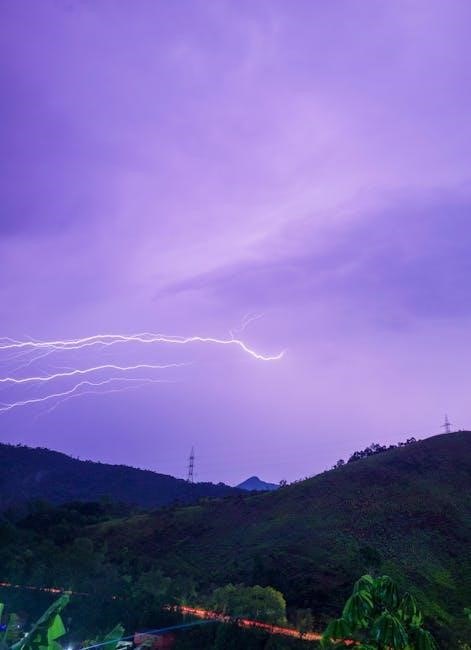
Cultural and Historical Impact of the Poem
Tennyson’s poem became a cornerstone of British literary heritage, immortalizing the Charge of the Light Brigade as a symbol of national pride and tragic heroism.
6.1 The Poem’s Influence on British Memory and National Identity
Tennyson’s masterpiece deeply ingrained itself in British consciousness, transforming the ill-fated charge into a symbol of national pride and heroic sacrifice. The poem’s vivid imagery, such as the “valley of Death” and the “Noble Six Hundred,” became synonymous with British resilience. By immortalizing the event, Tennyson ensured that the bravery of the Light Brigade endured in collective memory, fostering a sense of shared history and identity. The poem not only commemorated the soldiers but also reinforced ideals of duty and honor, shaping Britain’s perception of itself during and after the Victorian era.
6.2 The Legacy of the Charge of the Light Brigade in Literature and Popular Culture
Tennyson’s poem has left an indelible mark on literature and culture, with its iconic lines like “Into the valley of Death” becoming cultural touchstones. The Charge of the Light Brigade has inspired countless adaptations, from films to artworks, cementing its place in popular imagination. Its themes of courage and sacrifice continue to influence writers and creators, while its historical significance is often revisited in educational and commemorative contexts, ensuring its enduring relevance in both academic and cultural spheres.
Critical Analysis and Interpretations
Scholars praise Tennyson’s vivid portrayal of courage and critique of war’s futility, while others debate his glorification of sacrifice versus the tragic reality of the Charge.
7.1 Different Perspectives on the Poem’s Celebration of Courage and Critique of War
Tennyson’s poem sparks debate over its dual themes of heroism and war’s futility. Some view it as a tribute to the bravery of the Light Brigade, emphasizing honor and sacrifice.
Others critique its glorification of a disastrous charge, arguing it romanticizes war while neglecting the tragic consequences for the soldiers and their families.
Tennyson’s own perspective seems conflicted, blending admiration for the cavalry’s valor with sorrow over their senseless loss, reflecting the complexity of war’s impact on humanity and nationhood.
7.2 The Poem’s Relevance in Modern Discussions of War and Heroism
Tennyson’s “The Charge of the Light Brigade” remains a potent symbol in modern discussions of war and heroism, offering insights into the complexities of conflict.
Its themes of courage, sacrifice, and the futility of war resonate today, prompting reflection on the human cost of military actions and the ethics of leadership.
The poem’s vivid imagery and emotional depth continue to inspire dialogue about the nature of heroism and the consequences of obedience in the face of overwhelming odds.
Tennyson’s “The Charge of the Light Brigade” endures as a powerful tribute to heroism and sacrifice, its themes resonating through time, reflecting both glory and tragedy.
8.1 Summary of Key Points About the Poem and Its Significance
Alfred, Lord Tennyson’s “The Charge of the Light Brigade” vividly depicts the heroic yet tragic charge of British cavalry during the Crimean War’s Battle of Balaclava.
Through its powerful imagery and rhythmic verse, the poem honors the Noble Six Hundred, emphasizing themes of duty, sacrifice, and the human cost of war.
Tennyson’s masterful use of language immortalizes the event, blending celebration of courage with a critique of military folly, ensuring its enduring relevance in literature and history.
8.2 Final Thoughts on the Enduring Legacy of “The Charge of the Light Brigade”
Tennyson’s poem remains a powerful tribute to courage and sacrifice, immortalizing the Noble Six Hundred’s doomed charge in the Crimean War.
Its vivid imagery and haunting rhythm have cemented its place in literature, while its exploration of heroism and tragedy continues to resonate universally.
As a cultural touchstone, “The Charge of the Light Brigade” endures, not only as a historical account but as a timeless reflection on the human spirit in the face of war.